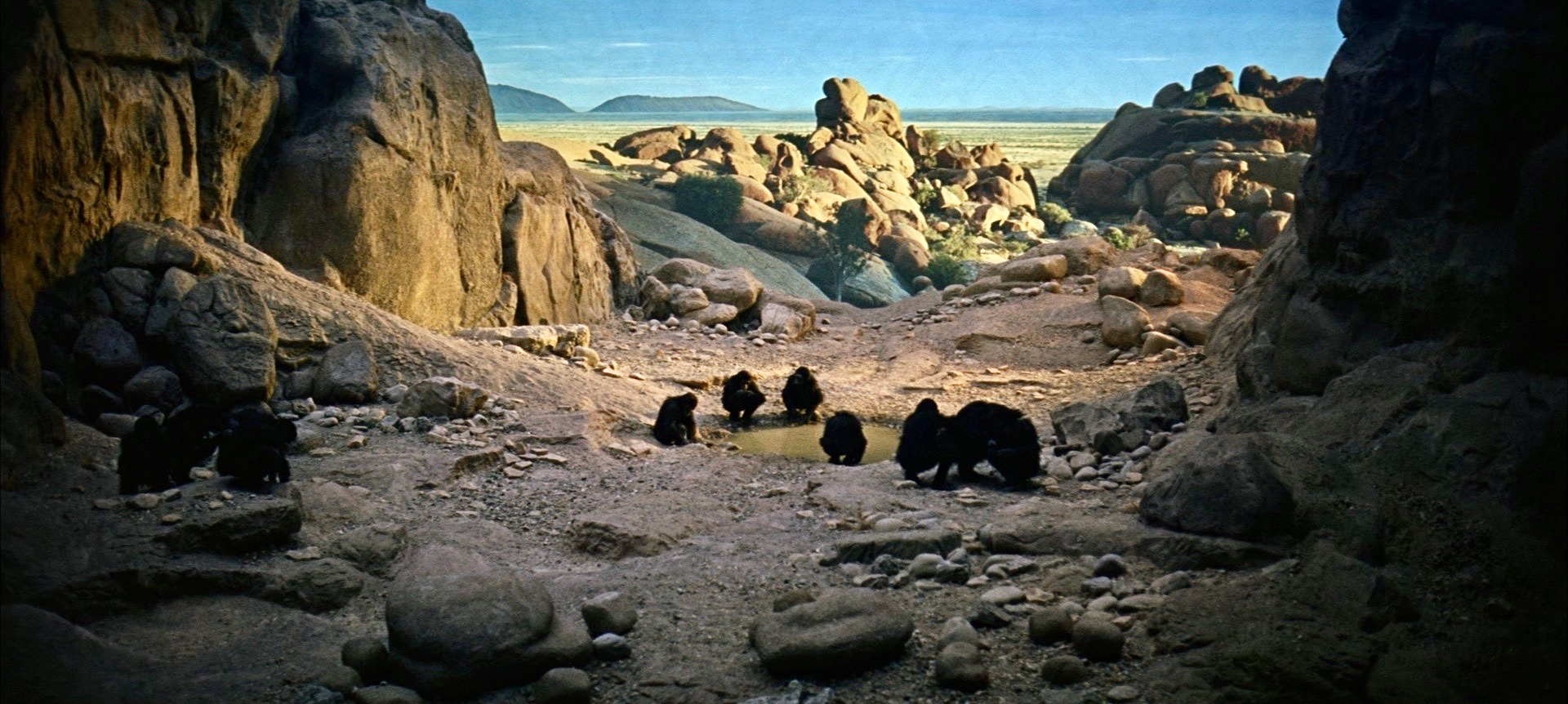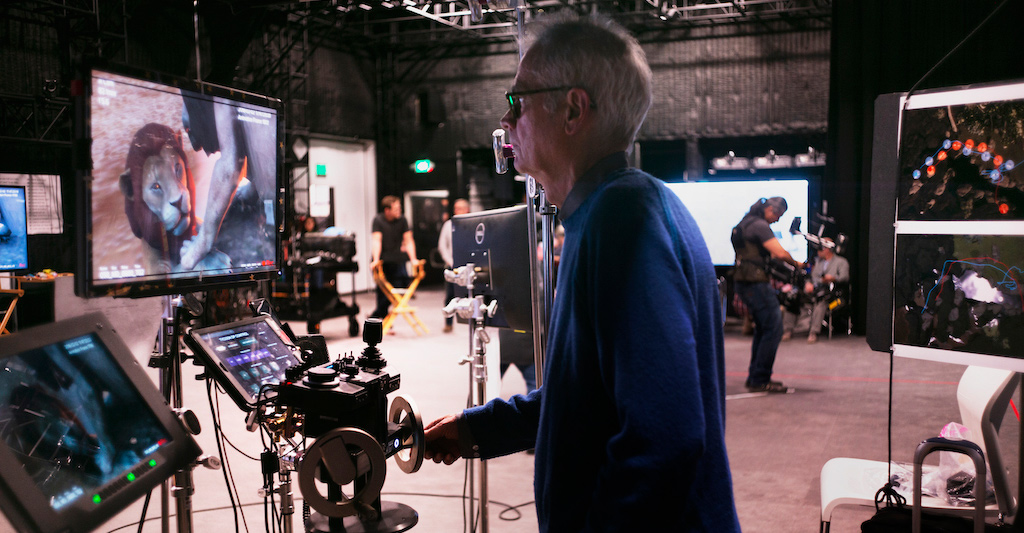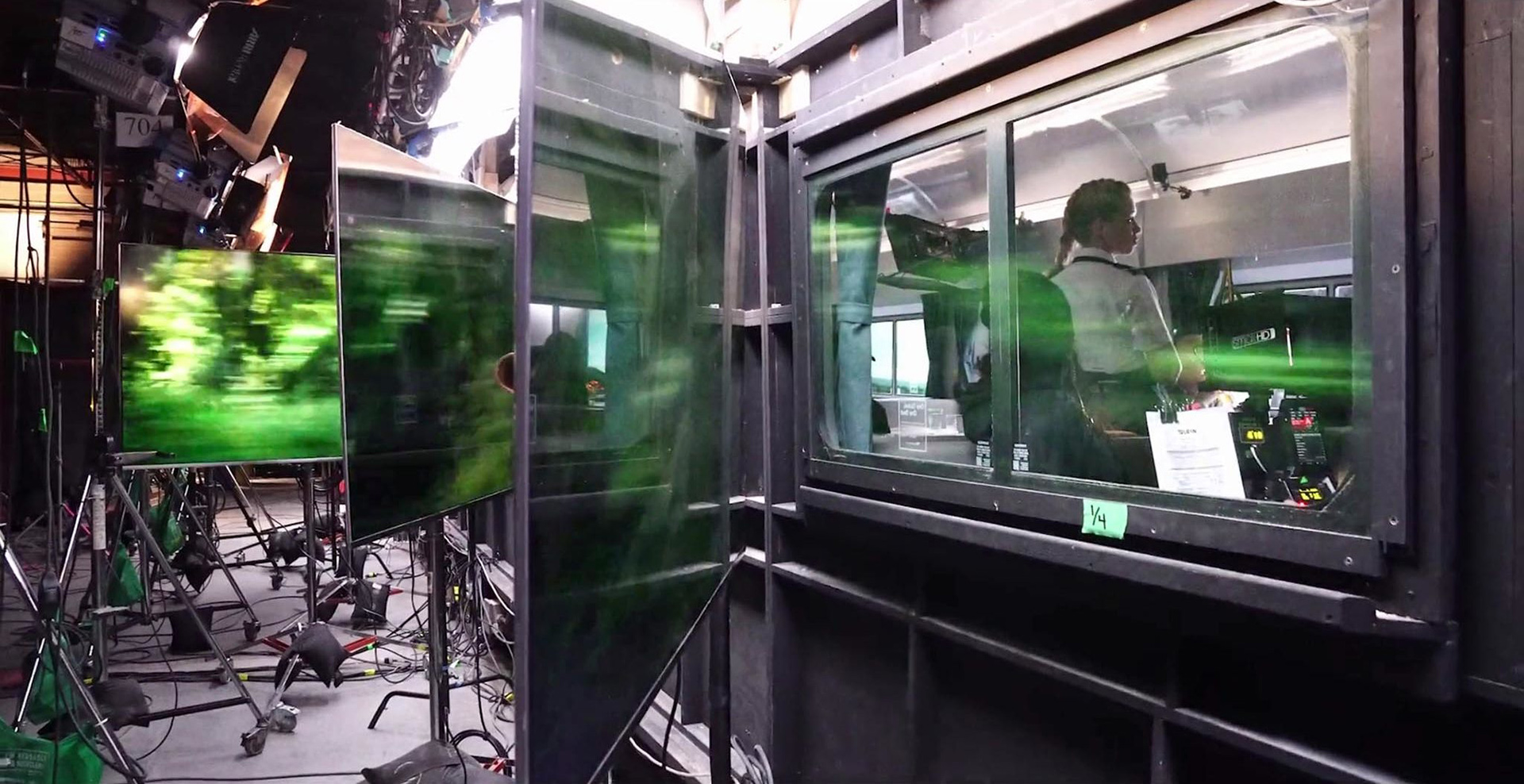Virtual production is where the physical and digital worlds meet. James Cameron's Avatar (2009) is one of the first films called virtual production. The performances of actors and cameras were captured and applied to digital characters for entirely computer-generated imagery. Other more recent virtual productions include Planet of the Apes, The Lion King, and The Mandalorian.
Examples of virtual production techniques include performance capture, virtual scouting, previsualization, live-compositing, and in-camera visual effects. Many of these techniques rely on real-time animation software, which has dramatically matured for use in production.
Although these techniques leverage state-of-the-art workflows, the pursuit of final visual effects imagery in-camera is not new to filmmaking. Since the dawn of cinema, filmmakers like Georges Méliès and Eadweard Muybridge used their era's optical technologies to create in-camera illusions. Alfred Hitchcock made extensive use of forced perspective, matte painting, and rear-projection to create his films. Stanley Kubrick created incredible outdoor vistas in 2001: A Space Odyssey using front-projection.

Dawn of Man sequence front projection from Stanley Kubrick’s 2001: A Space Odyssey.
The key differences in today's virtual production methods are real-time animation, LED wall technology, and camera tracking hardware. These technologies deliver final visual effects imagery in-camera and in perfectly synchronized perspective. The result is digital imagery captured on a modest soundstage that looks indistinguishable from on-location cinematography and requiring little to no additional manipulation in post-production. The creative opportunities, time savings and cost-efficiencies of in-camera visual effects are incredible.

DP Caleb Deschanel, ASC, applying camera movement during production of Disney'sThe Lion King.
Many major upcoming features are now using these techniques, such as The Batman and Death on the Nile. As with many cutting-edge technologies, major studios bore the initial investment of research and development. And now, as these technologies mature, they are becoming democratized and are within reach of more modest budget projects. Many of these techniques also function very well within a remote production framework, which is more relevant than ever given our current health and safety protocols.

Stargate Studio’s real time VFX ThruView system on the set of HBO’s Run.
Such disruptive times foster the rapid adoption of innovative technologies such as this. We can help with the gear and know-how for you to take full advantage of the creative possibilities and cost efficiencies that virtual production offers.
___
Written by Noah Kadner of The Virtual Company.














